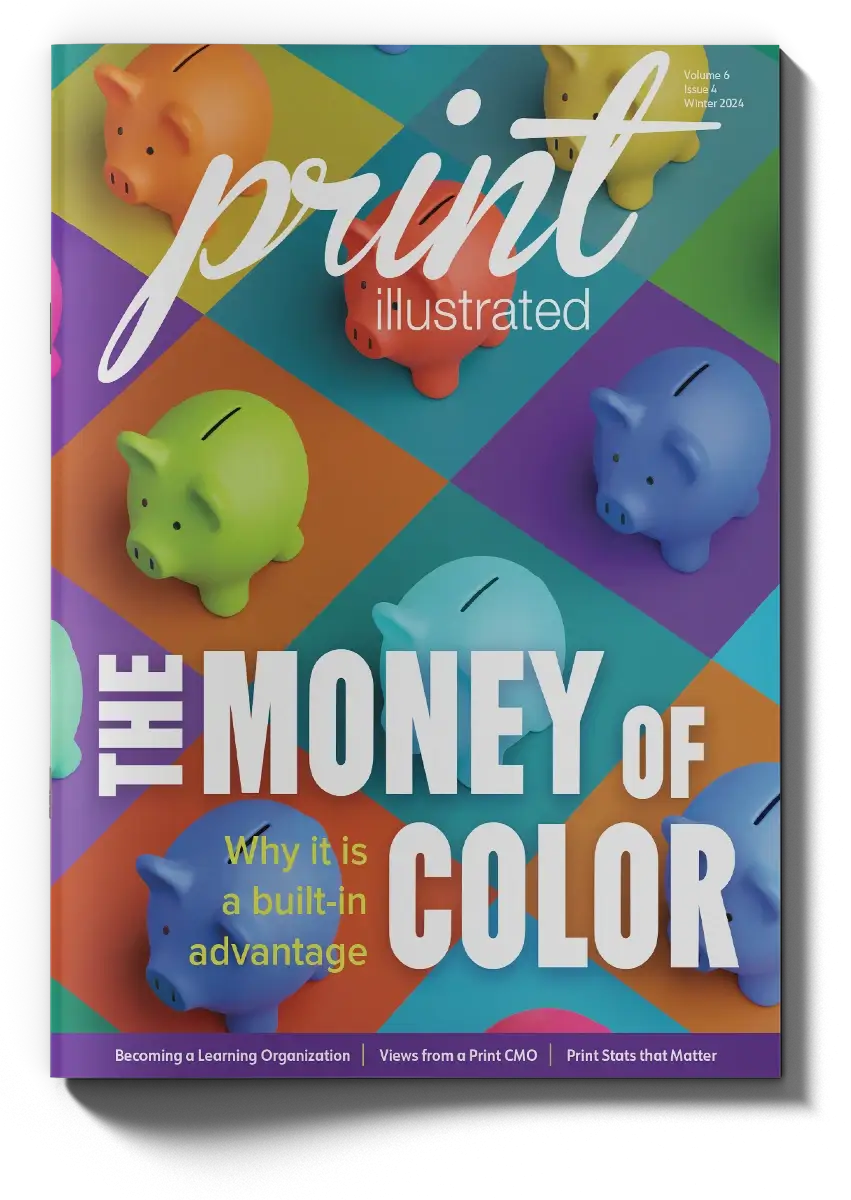It was always about curiosity. Even at five years old, when Spencer Coleman would hang around the sign shop with his parents, he had that knack for asking questions. The family-owned Signarama in Wasatch Back, Utah, would be the learning ground for what was to come. By the time Coleman assumed the reins of the full-service sign center tucked away in a small mountain community surrounded by high-end ski resorts, he had learned the ins and outs of every aspect of the business.
But that was just the beginning. That early exposure to the business laid the foundation for a leadership style that emphasizes curiosity, innovation and learning. He credits his father for allowing him to explore every aspect of the company—a mindset that continues to push his creative boundaries. Today, Wasatch Back Signarama handles everything from simple business cards to custom monument signs, including banners, business and directory signs, custom graphics, logos and signs, custom letters, trade show signs and displays, vehicle graphics and wraps, window decals, and more.
“It has become crucial for our business to continue to learn as the industry is always striving to push the limits and technology in moving forward,” says Coleman, who serves as President. “We have set aside time each week to learn new techniques and new ways to utilize our equipment to its fullest potential. As we have continued to improve our capabilities in the industry, we have become known as the print company that can. With a team ready to go as far as the industry will let us, our customers can see that and come for that experience and service.”
In today’s continually evolving technological landscape, staying ahead of the curve—and the competition—requires more than just knowing about the latest technology or equipment. As print leaders like Coleman can attest, the push to stay ahead demands a commitment to continuous learning and adaptation.
Wasatch Back Signarama’s learning environment is centered on a handful of core values. For example, each week the team meets to discuss solutions that may have popped up, focusing on potential troubleshooting scenarios. “The focus is on where we can find the answers or insights to our solutions,” Coleman says. “We also focus on learning by attending as many industry specific trade shows. Our team is committed to learning as much as they can from the techs who come in to service our machines. Our operators watch and learn as much about the equipment as they can as they have time when machines are getting upgraded or fixed.”
In his highly coveted book, “Workplace Learning: How to Build a Culture of Continuous Employee Development,” Nigel Paine expressed the importance for leaders to help their companies become more agile, resilient and responsive. The book undertakes the context and practical steps required to facilitate the emergence of a learning culture in an organizational context, offering a treasure trove of practical advice, tools and case studies.
Paine, who runs a London-based consultancy that focuses on leadership, creativity, innovation and e-learning, believes that for a company to compete effectively in today’s business environment, everyone must be adaptive and agile. One of the most practical and vital keys is initiating this in the workplace, which he says comes from developing a culture of continuous workplace learning.
During his research, Paine realized that too many companies were missing opportunities to transform their organizations. By focusing on the three Cs (compliance, competence and content), they were missing the additional 3 Cs (culture, connection and commitment). Paine believed that solidifying the culture of compliance without building a broader culture of learning was missing the narrative. In turn, his research would show that by building a culture of learning and fostering a commitment to self-development and curiosity, new ideas would and could surface.
Providing its employees with the avenues to learn enables the Wasatch Back Signarama team to see what they are passionate about. Coleman says this has sparked a curiosity that isn’t forced, but rather comes from truly wanting to be better and learn more. Each team member sees the benefits of learning throughout each day, each week, and each month. At the end of each year, it is satisfying to hear what some of the team’s favorite projects have been.
“You can see them connect the dots on how they are able to do this and this is all made possible by them continuing to learn about the equipment, the industry and about our customers’ dreams,” Coleman says. “Our leadership team has had to better understand patience in allowing time to develop and learn how this transition would take place. It hasn’t happened overnight. It’s been months and years in the making. But it takes effort every day to push to learn along with pushing for production to happen.”
As the demands of today’s print industry continue to intensify, printers that prioritize knowledge-sharing, innovation and systematic improvement are the ones that will set the standard for others to follow. In the end, the true competitive edge lies not just in what a print team knows today, but in its capacity to learn and apply new insights for tomorrow.
5 Keys to Continuous Learning
- Leadership Support
Leaders play a crucial role in championing and modeling the learning culture by encouraging and supporting continuous development from the top, down. - Integration of Learning into Daily Work
Employees must have opportunities to develop skills continuously, with learning linked directly to their job roles and tasks. - Personalized Learning Paths
Organizations should provide tailored learning experiences to meet individual needs, including leveraging technology and online platforms. - Technology Utilization
Effective use of technology is essential to help create a more scalable and accessible learning culture. - Measuring Success & Iteration
It’s important to track the effectiveness of learning initiatives by using metrics to measure outcomes and iterating learning strategies accordingly.
Source: “Workplace Learning: How to Build a Culture of Continuous Employee Development” by Nigel Paine

